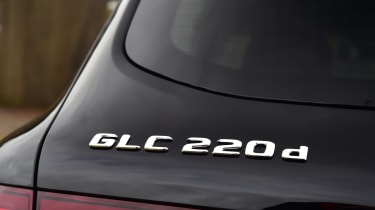Mercedes GLC SUV - Reliability & safety (2015-2022)
There’s an impressive amount of safety technology as standard, but there could be questions about long-term reliability of the Mercedes GLC
The Mercedes GLC has an impressive suite of safety kit, which can be added to with optional equipment such as adaptive cruise control, although owners expressed reliability concerns in our 2019 Driver Power customer satisfaction survey.
Mercedes GLC reliability
Looking at the 2021 results of our Driver Power owner satisfaction survey, Mercedes as a brand came in a much-improved 13th place out of 29 manufacturers, a vast improvement over the 28th place finish in 2020. Overall, 18.97% of respondents reported a fault with their cars in the first year of ownership.
In our ownership survey, the GLC finished in 38th place overall from 75 cars, with owners praising its safety technology and design. Running costs were less favourable, though, which includes expensive servicing costs and middling reliability.
Safety
Along with the standard spread of airbags and traction control, the GLC has an advanced stability program, Mercedes’ crosswind-assistance technology and a collision-prevention system. An optional semi-autonomous driving system is also available. This takes adaptive cruise control a step further, maintaining a safe distance from the car in front, steering the car if you drift out of your lane and braking automatically if it detects an imminent collision.
All this led to the Mercedes GLC scoring the full five stars when it was crash-tested by Euro NCAP at the end of 2015. It scored an impressive 95% in the adult occupant protection category, as well as 89% in the child occupant protection category.
The collision-prevention technology can get a little over-zealous, as it tends to flash a warning at you even when you’re a safe distance behind the car in front. Fortunately, it’s relatively easy to deactivate if you find it to be more of a hindrance than a help when on the move.












